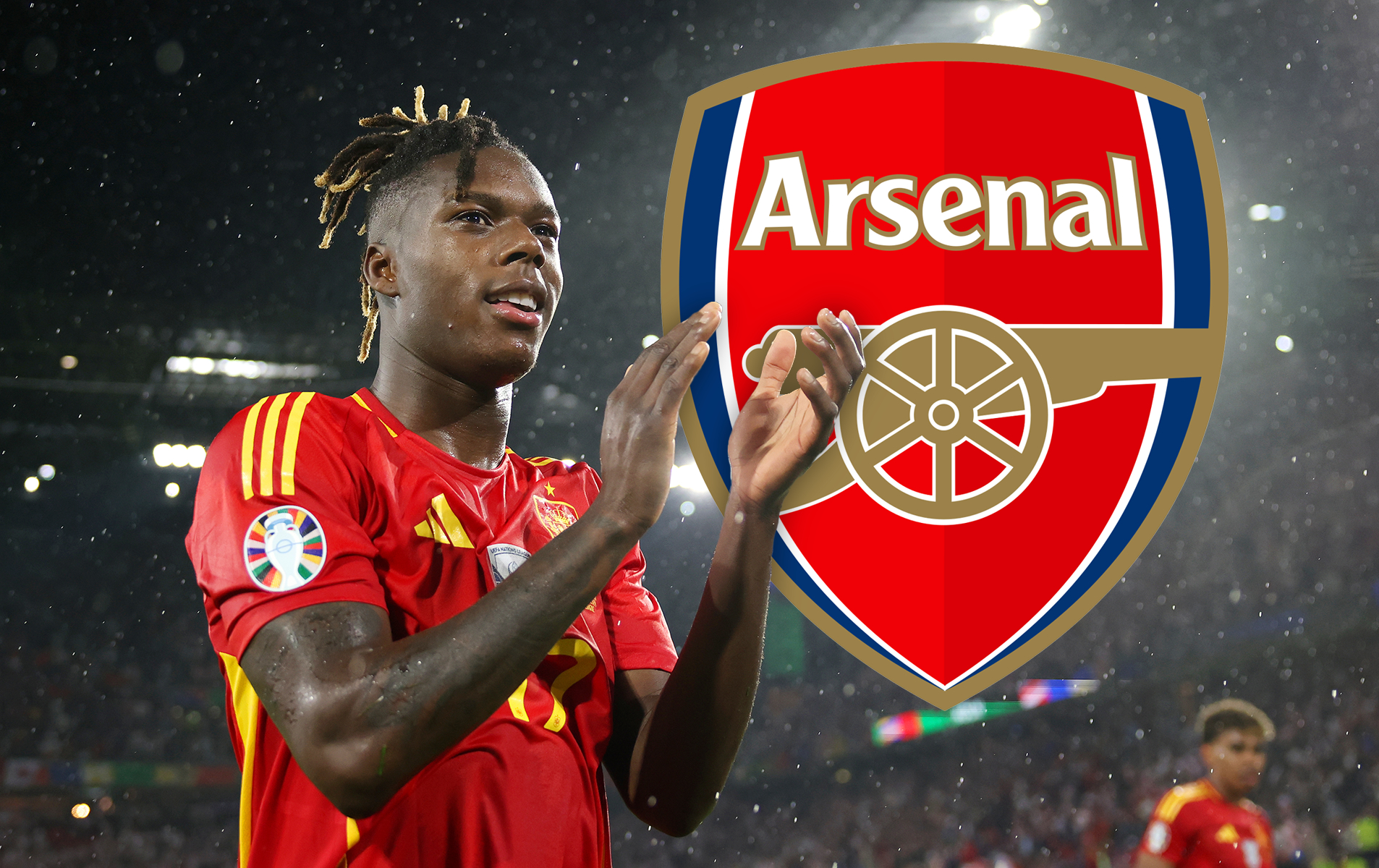14 amazing football club badges we wish still existed
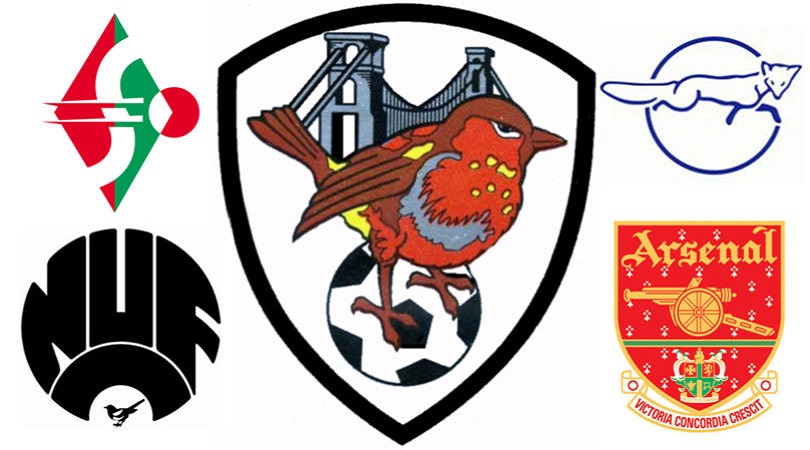
Badges we miss
Leeds United hit the headlines in January 2018 when they were forced into a rapid rethink after releasing a monstrosity of a new club crest. It was another example of why fiddling with a team’s logo, kit, nickname and colours is a risky business, and while change is sometimes necessary there have been many occasions when the sequel was worse than what went before.
Which brings us neatly on to the topic of this slideshow: defunct badges we wish still existed today. If you’re reading this, Mike Ashley, you know what to do…
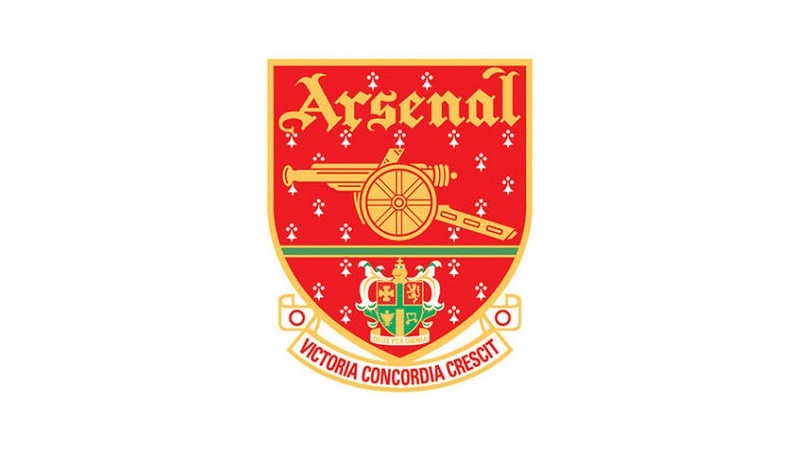
14. Arsenal, 1998-2001
Perhaps it’s the nostalgia talking, or memories of Dennis Bergkamp, but this may be the definitive Arsenal crest. The design is busy, but that imperfection adds charm, the masses of detail making it feel less sanitised than today’s incarnation.
In the club’s defence, while they did introduce the latest Arsenal crest in 2002 as part of their Highbury-to-Emirates overhaul, a redesign was necessary: they’d tinkered with the previous design so much over the years that they couldn’t copyright it. Our chosen favourite (1998-2001) was one of five almost identical badges used between 1990 and 2002, and gets our vote only because its creators didn’t feel it was necessary to add ‘The Gunners’ above a picture of a gun.

13. Blackpool, 1979-1987
Perhaps appropriately for a club with such diverse nicknames as the Seasiders and the Tangerines, Blackpool have had numerous badges during their history, though sadly neither seasides nor tangerines have featured on any of them.
The team’s shirts have been adorned by coats of arms, monograms, no badge at all and, confusingly, a seagull inside a red rose. (Pantomime boos at the ready: that one was brought in by Owen Oyston.)
Strangest of all was the, erm, thing that was chosen to represent Blackpool from 1979 to 1987 (and we don’t mean Alan Ball). If you correctly surmised that it depicts Blackpool Tower standing proudly above the waves, you’re brilliant, lying or mad.
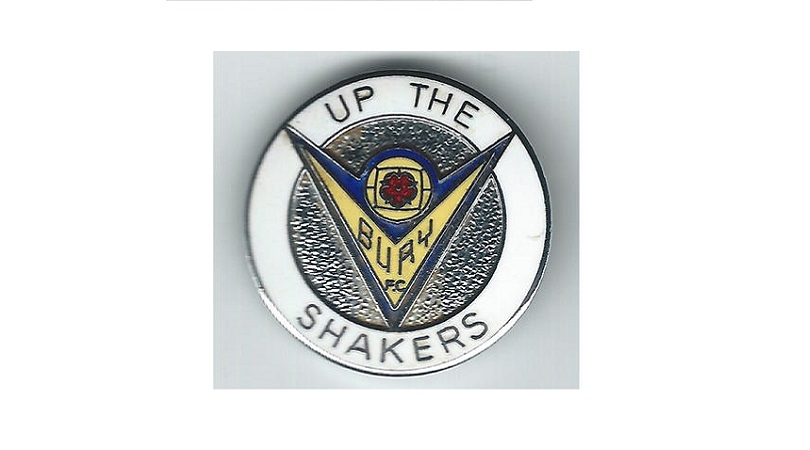
12. Bury, 1974-1982
Bury are one of many Football League clubs to go with a traditional coat of arms. And why not? Because this early version is brilliant, that’s why not.
Despite the red rose, there’s something very Soviet about this design – probably the shape and font. You have to applaud the quest for innovation: after seven years with no badge at all adorning their shirts, Bury knocked up a random star for one season and then replaced it with this effort.
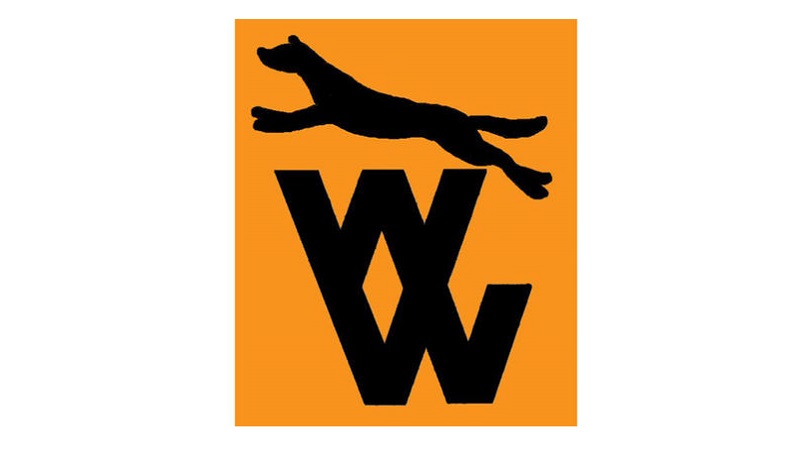
11. Wolves, 1970-1974
The Wolves crest of today is one of the best around: eye-catching and minimalist yet nonetheless intimidating, if not as downright menacing as it was in the 1980s. Even so, there’s a lingering fondness in this office for the design used in the early ’70s, despite it being very… of its time.
It’s the stylised WW initials that deserved to become iconic, stacked to create a diamond motif that could’ve improved some of the club’s kits over the next few decades. The airborne wolf, meanwhile, adds a dash of dynamism.
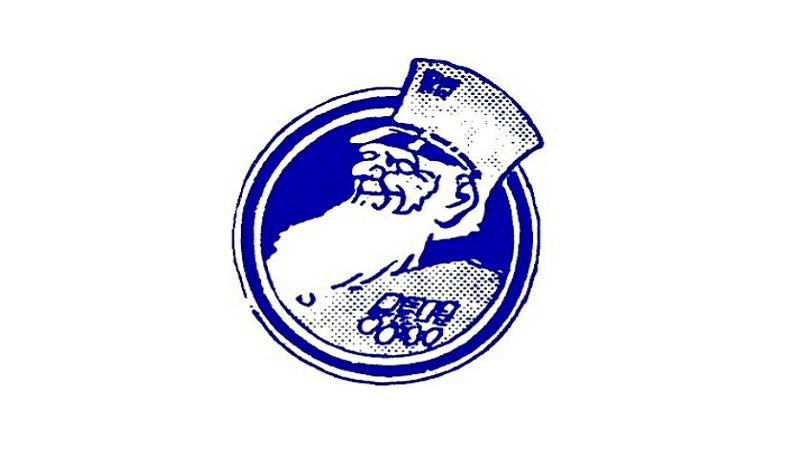
10. Chelsea, 1905-1952
Picture the scene. Chelsea have won the 2012 Champions League Final at Bayern Munich’s Allianz Arena following a dramatic penalty shootout. They’ve won the competition for the first time, becoming London’s first champions of Europe.
Despite missing the final, captain John Terry steps onto the podium in full kit, shin pads and all, to lead his team-mates in lifting the trophy. And in this grandiose scene, set to fireworks, confetti and bombastic operatics, the Chelsea shirt he is wearing boasts over Terry’s heart a simple club crest. This crest. The crest of European champions.
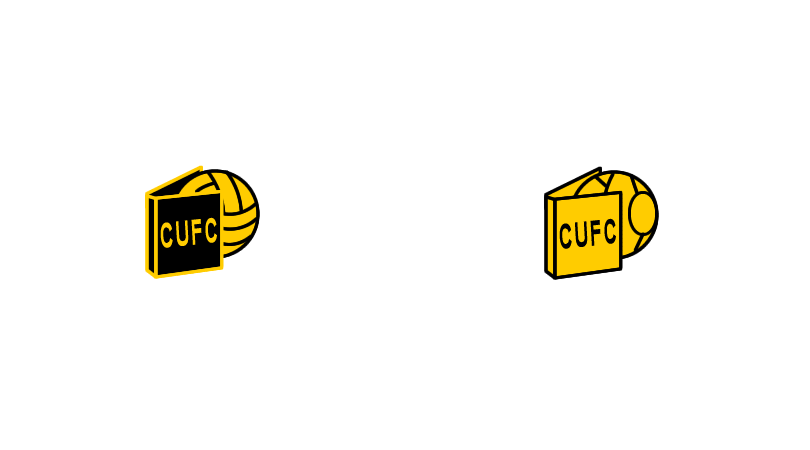
9. Cambridge United, 1974-75 & 1975-77
Forgive us for repeating what you already know, but there just aren’t enough books on football club crests. Kudos to 1970s Cambridge United, then, for embracing the city’s university links and sticking a whacking great encyclopaedia on their club emblem, even if it was hollowed out to make space for a ball.
Such bookishness didn’t catch on, however: the crest was rejigged after one year (rearranging the leather panels into what looked more like the Death Star) and replaced after three, despite its coinciding with Ron Atkinson – in his first season of Football League management – guiding The U’s to the Fourth Division title in 1977.
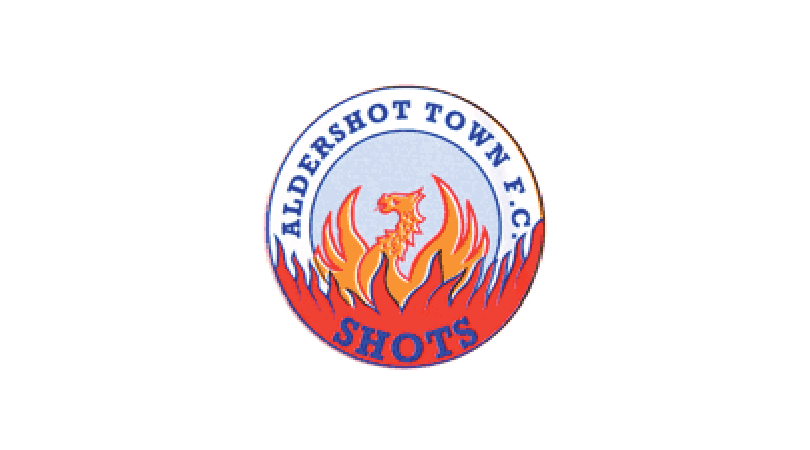
8. Aldershot Town, 1992-2004
Aldershot Town were formed out of the ashes of Aldershot FC in 1992, before phoenix clubs became de rigueur, so it was only right and proper that their emblem focuses on the mythical bird rising from the flames.
This badge – which initially featured the year “1992”, for the avoidance of doubt – was reimagined in 2004 when the club turned fully pro, its brash colouring replaced by a muted yet ornate style. We find the original more arresting, though, however cartoonish. It’s good to see the club’s nickname on there, anyway, and not just because it opens the door for a ‘Shots fired’ pun.
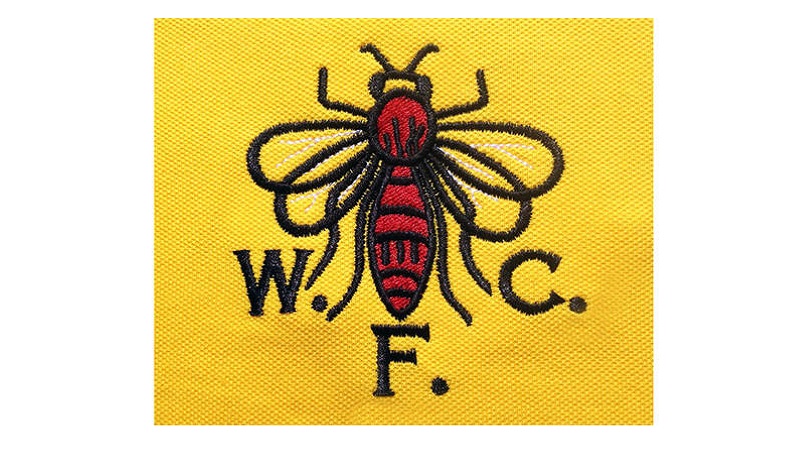
7. Watford, 1968-1971, 1972-1974
Picture the scene, in a 1960s drafting office staffed by the Hertfordshire equivalent of Don Draper. "What's the club nickname?" "The Hornets." "I'll meet you at the pub in five minutes."
This was the first time Watford had incorporated their nickname into a badge, and the result was so beautiful that they brought it back (with slightly amended lettering) after 1971-72’s year of separation. They they swapped it for an angry cartoon version in boots, and then – in 1978 – for the modern idea of what looks like a moose but is actually a hart – for Hertfordshire, geddit?

6. Bristol City, 1976-1983, 1986-1994
Would you just take a look at this robin? We’re not saying that Angry Birds was stolen as a concept from Bristol City, but where’s their film tie-in? And if flipping the bird wasn’t enough to make this a classic club crest, it also features Bristol’s gorgeous Clifton Suspension Bridge.
The design led City proudly into the 1980s, before being put in mothballs for a few years. Although it was reintroduced in 1986, the iconography looked less impressive without a shield behind it, while the raging robin had mellowed with age.
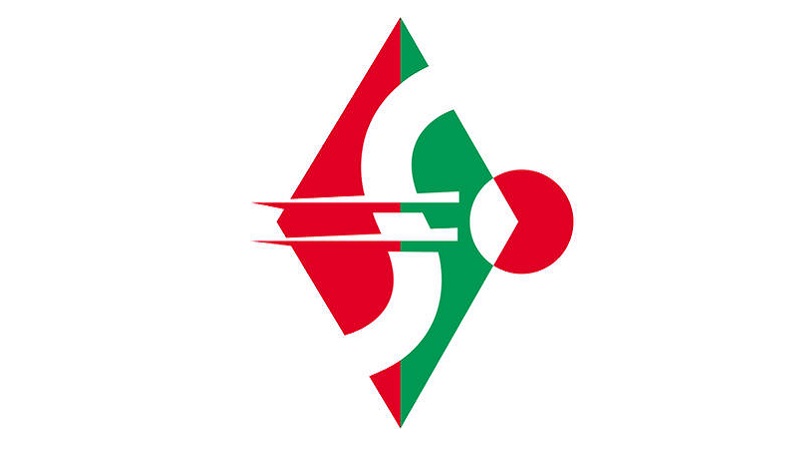
5. Swindon Town, 1991-2007
Maybe we’re overly fond of 1990s designs, but in FFT’s mind this is still Swindon Town’s badge. Rumours that the Robins returned to a traditional club crest 10 years ago are fake news.
True, it could be the logo of a leisure centre or off-brand squash racquet. But this is simplistic, dynamic and terrific – everything you could want in a badge and more.
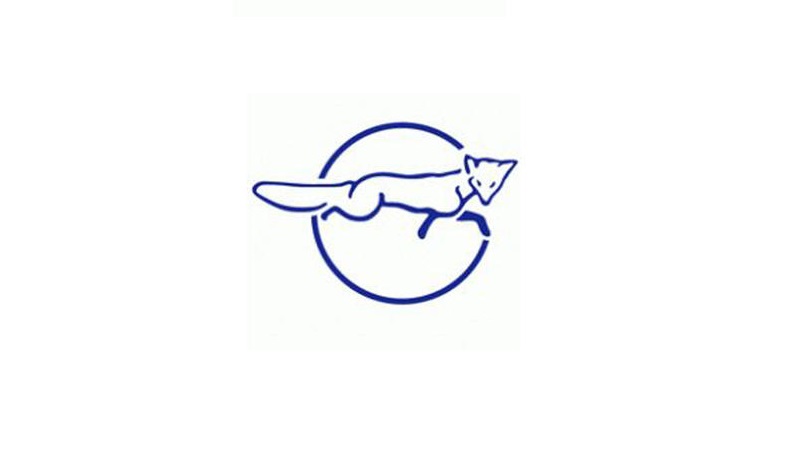
4. Leicester City, 1983-1992
Leicester’s flowery effort of today has existed in one guise or another since the beginning of football in 1992, but in the mythical BS years (Before Sky), the East Midlands outfit experimented like The Doors in a drugstore. A few dire designs were produced over the years before the club landed on this effort in 1983.
‘The walking fox’ tends to split opinion, with some people loving the unusual design and other people being wrong. It’s certainly far more eye-catching than the dog-in-a-ruff badge that Leicester’s players now wear, and for such a basic design it’s very evocative.
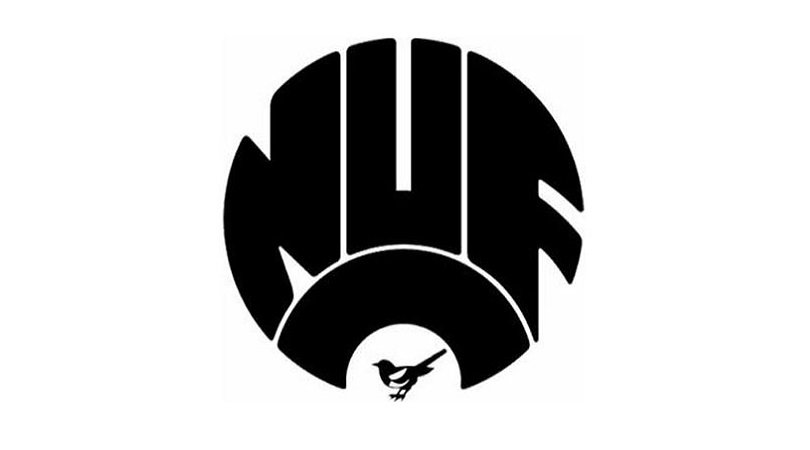
3. Newcastle United, 1983-1988
Before this badass design came into being in 1983, Newcastle’s logo was significantly less in-your-face, featuring a magpie quietly going about his business (nicking shiny things) in front of the city’s castle.
Seven years after its release in 1976, the powers that be at St James’ Park decided the club’s second-ever official badge was no longer fit for purpose. In its place came this bold, striking crest bearing the initials ‘NUFC’ – although it looks as if the designers forgot about the ‘C’ until the last minute, when they were forced to cram it in at the bottom. Let’s hope it doesn’t collapse and fall on the poor magpie below.
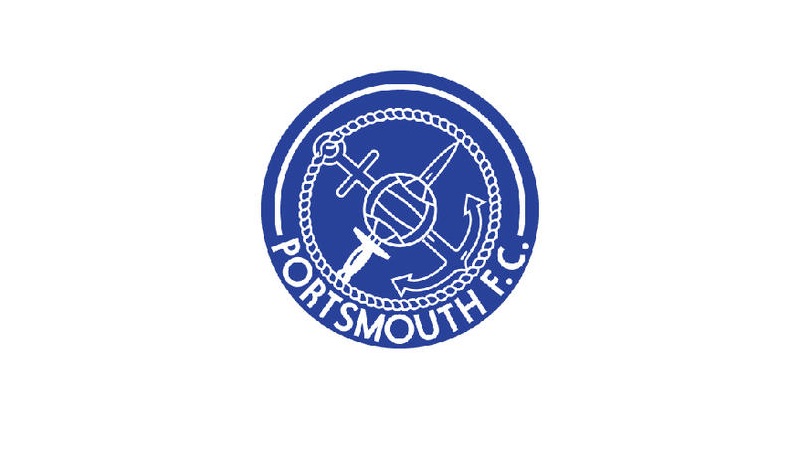
2. Portsmouth, 1980-1989
This isn’t Portsmouth’s traditional club crest – the current design is closest to how they started out – and it isn’t popular among Pompey fans, either, but we love it and Micky Quinn agrees.
Breaking up 100 years of moon-and-star motif was this radical departure, created to stop thieving blackguards from eating into the club’s profits with their own ripped-off merchandise. A sword and anchor represented the port city’s links with the army and navy, with an alternate version of the badge including the moon and star in place of a football. Well, the ball being pierced by a sword did seem unhelpful.
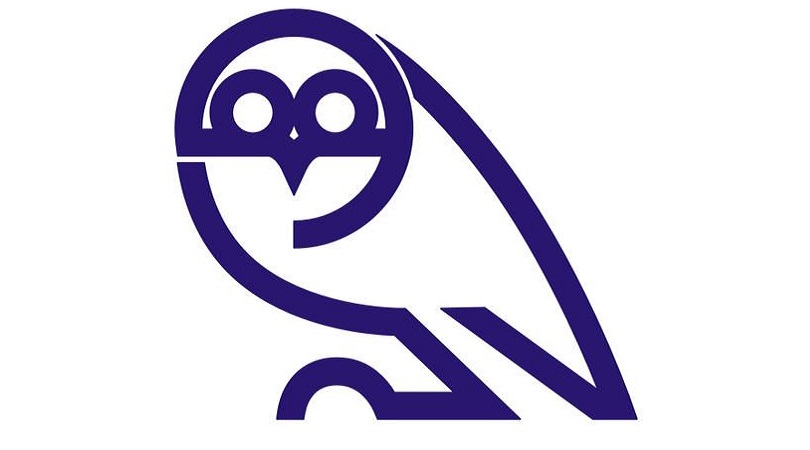
1. Sheffield Wednesday, 1973-1995 & 1999-2016
Now this is a badge. With no offence meant towards the blinking mascara monster that the club adopted recently in tribute to the 1950s logo, the long-running motif of a perched owl turning to camera is deservedly the most iconic incarnation of Sheffield Wednesday’s crest.
Our No.1 ticks all of the nostalgia boxes, of course, but it’s the artistry behind the stylised drawing that provokes this emotional reaction in football fans of a certain age. Rounded yet angular, modern yet timeless, the design is instantly recognisable and truly hard to dislike. We hope the local art student who created it still gets royalties.

Greg Lea is a freelance football journalist who's filled in wherever FourFourTwo needs him since 2014. He became a Crystal Palace fan after watching a 1-0 loss to Port Vale in 1998, and once got on the scoresheet in a primary school game against Wilfried Zaha's Whitehorse Manor (an own goal in an 8-0 defeat).
